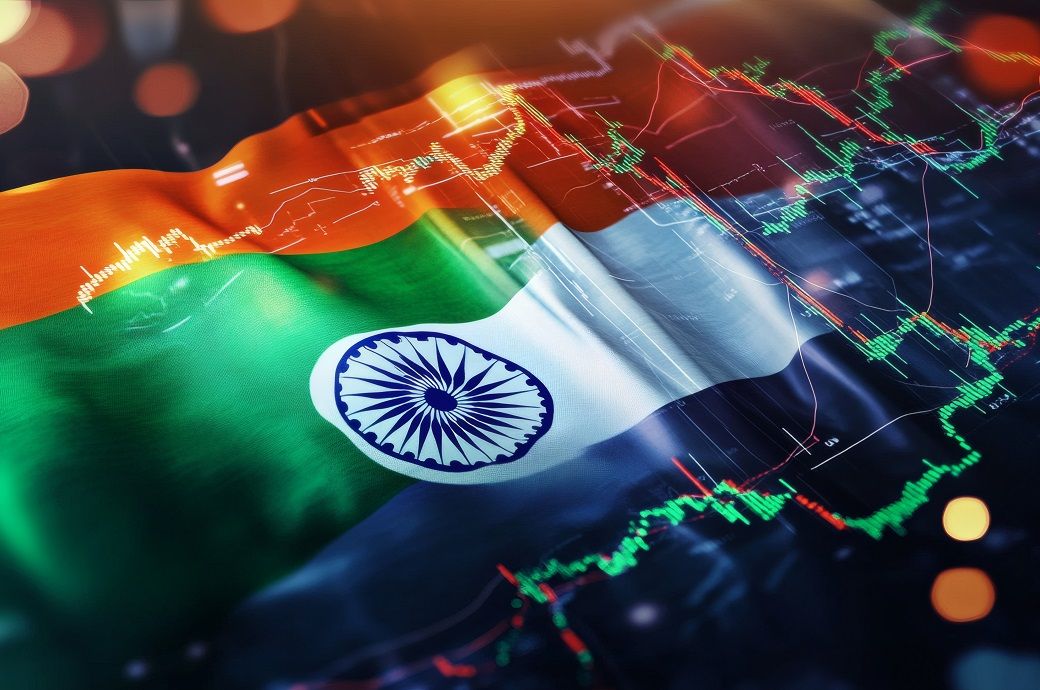
El Niño or the “warm phase” is a weather phenomenon that occurs in the Pacific Ocean, every four to seven years.
The phenomenon causes surface temperatures of the Pacific Ocean to rise, triggering changing weather patterns across the world’s ecosystems. These changes can extreme weather such as hurricanes, droughts, as well as heavy rainfalls leading to floods.
However, very little research has been undertaken to examine the cascading effects of these extreme weather events. Now, new research trying to analyse these effects has uncovered some terrifying insights.
In a paper published in the journal Nature Communications, researchers from the University of Chicago have revealed that El Niño has massive ramifications on the world, triggering disease outbreaks, along with long-term economic impacts.
The most startling revelation from the paper was that El Niño indirectly pushes over 60 lakh children into severe hunger and childhood malnutrition.
“It’s a real tragedy that even in the 21st century so much of the human population is pushed to desperation by predictable climate processes,” said Gordon McCord, a public health researcher from the University of California, San Diego.
Researchers analysed over forty years world of children’s health records from over 50 developing countries, and the mean ocean surface temperatures between the months of May and December for each year – indicating whether the ocean experienced the effects of El Niño in that particular year.
In the tropics, up to 20 percent of children are classified as malnutrition by the World Health Organization. While crops grown in these regions can barely withstand the already high temperatures. Hence, any severe weather events will likely exacerbate the already delicate situation, pushing more children into malnutrition.
“Scientists can forecast an approaching El Niño up to six months in advance, allowing the international community to intervene to prevent the worst impacts,” said Amir Jina, author of the paper and an environmental economist at the University of Chicago. “Our study helps to quantify those impacts on child nutrition to guide global public investments in food-insecure areas.”
Cover Image: Shutterstock

:max_bytes(150000):strip_icc()/Health-GettyImages-1343543856-dad2fa95e1984076a943d1623fd5a860.jpg)




